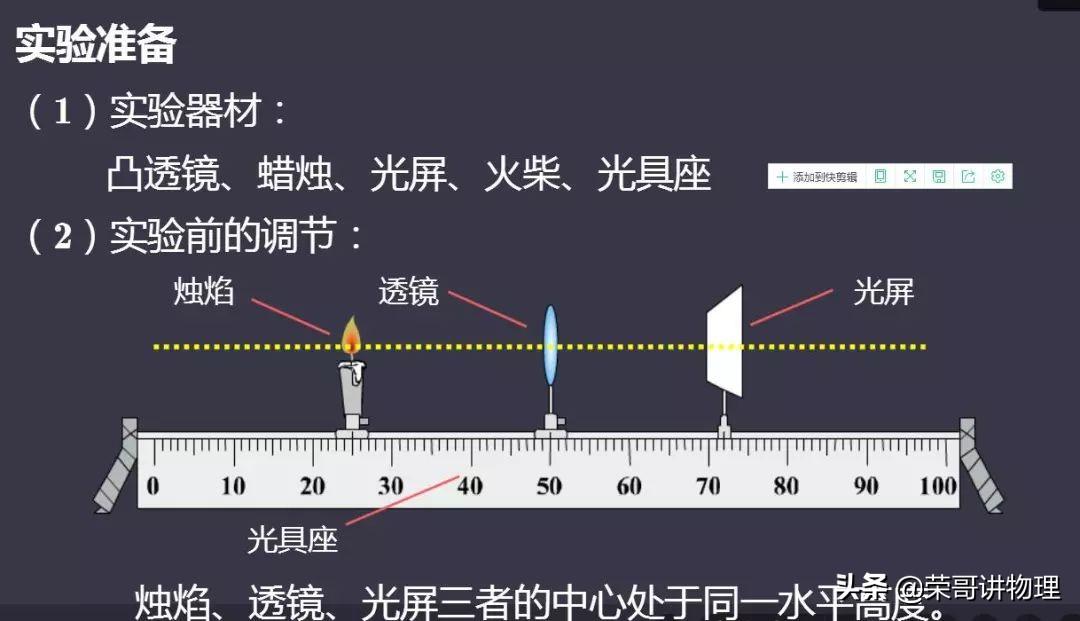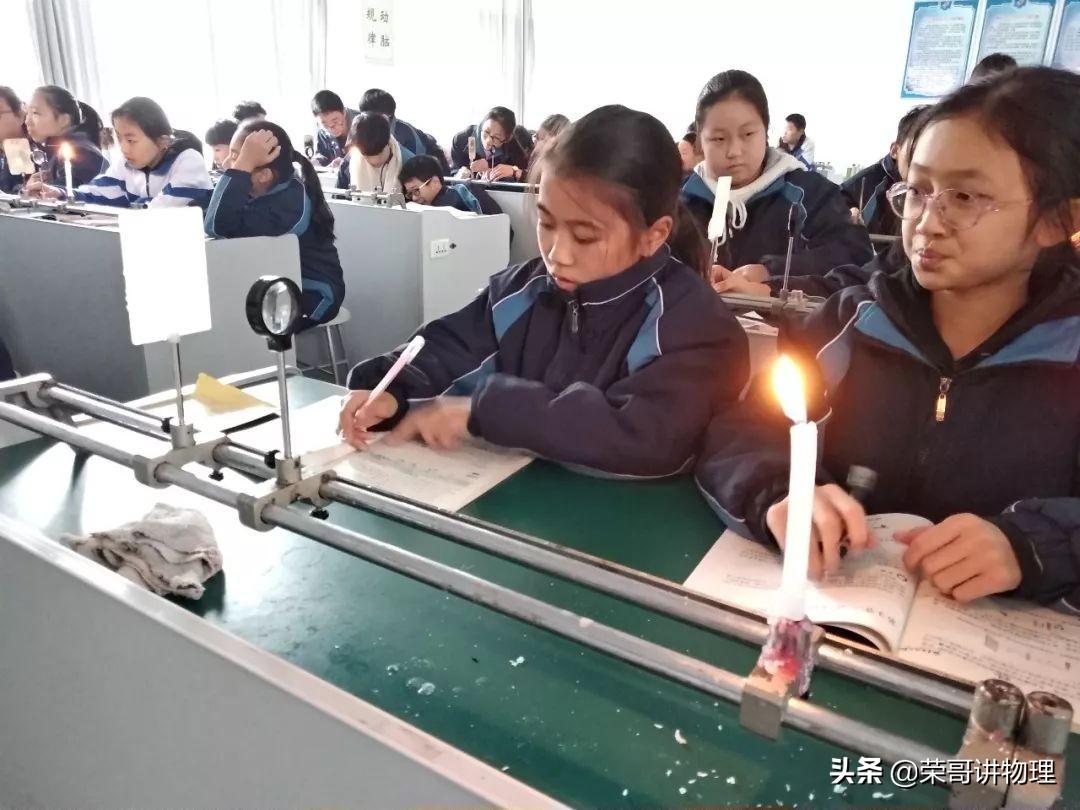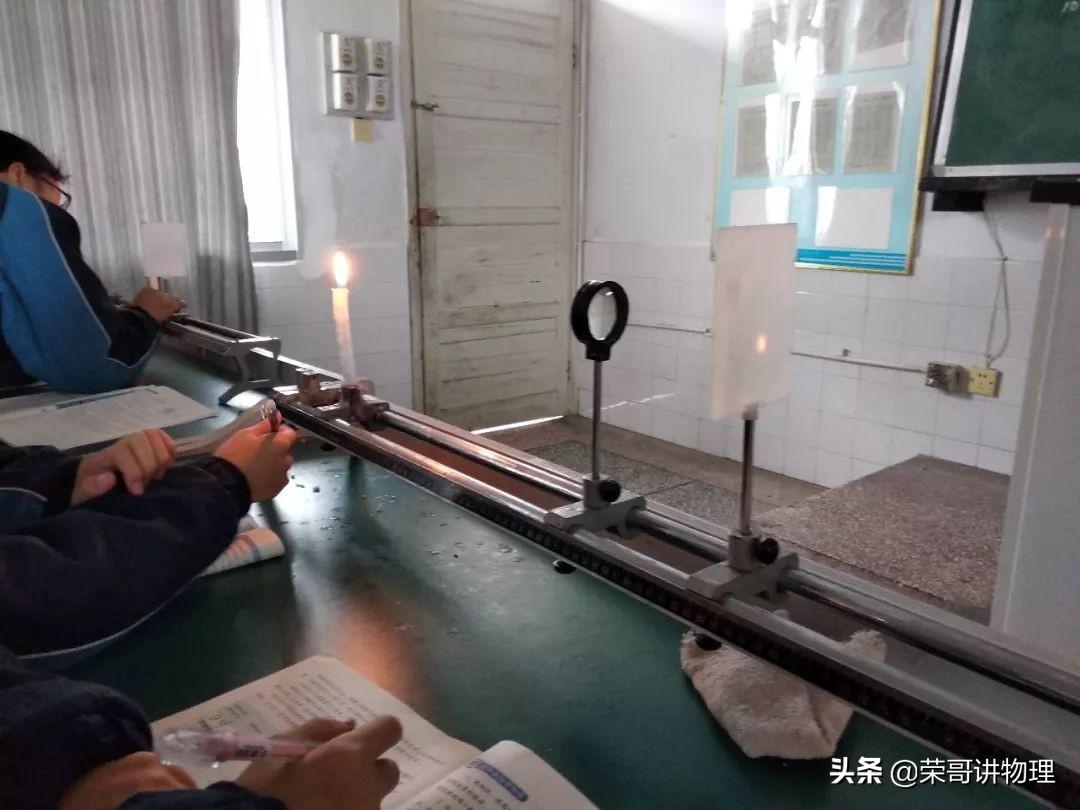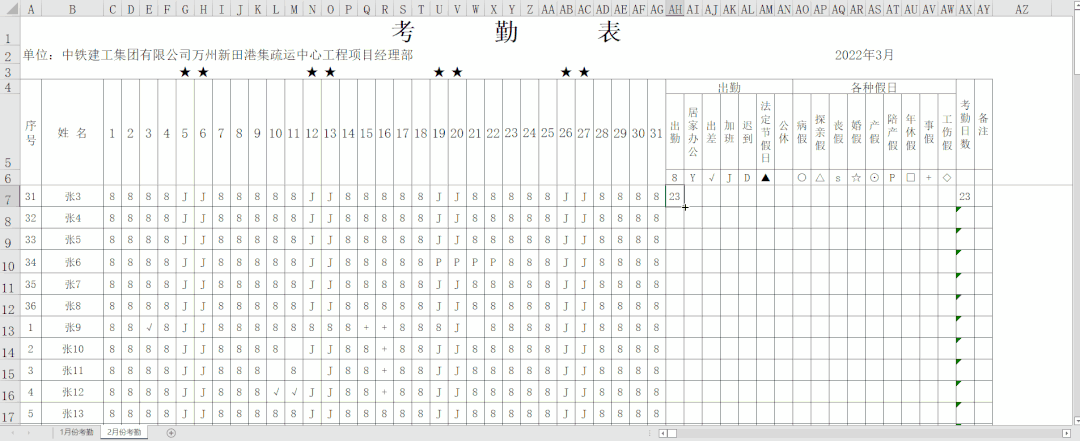影像记忆能力,五个让你成为记忆冠军的小技巧
Five ways you could become a memory champion
五个让你成为记忆冠军的小技巧

Most of us wish we had better memories. If only we didn’t get to the shop, knowing we must buy three things, but only remembering two. If only we didn’t go upstairs, only to forget why we went up there. If only we could read information and take it all in easily, instead of it disappearing quickly from our minds.
我们经常这样:想着要买三样东西,去到商店之后却只记得两样;上楼之后却忘了上来的原因;看完信息之后转眼忘掉。我们要是能有更好的记忆力就好了。
There are plenty of tried and trusted memory techniques, some of which have been around for decades – such as the use of the mnemonics and memory places. But what are scientists looking at now? More research will be needed before we can be certain of the best ways of putting these in practice, but what can the newest research tell us about the kinds of techniques we might see more of in the future?
许多记忆方法都已被尝试并证实过,口诀记忆、联想记忆等记忆术(mnemonic)甚至已经存在了数十年。现在的科学家又在寻找什么新方法呢?在我们确定最佳方法前还需要进行许多调查,但最新的研究能告诉我们哪些未来最常见的记忆技巧呢?
<STRONG>1) Walk backwards</STRONG>
<STRONG>1)向后走</STRONG>
We might think of time and space as very different things, but even in the way we talk there is more crossover than we might realise. We put events “behind us”. We “look forward” to the weekend. The exact way we do it varies with culture, but in the Western world most of us think of the future as stretching out in space in front of us while the past stretches out behind us.
我们将时间与空间想象成非常不同的事物,可能都没有意识到即使是在说话时也提到了很多与时间和空间相关的概念。我们把发生的事情“放诸脑后”、“期望着”周末。这些表达可能因文化各有差异,但在西方世界中,我们大部分人都将未来想象成在我们前方空间伸展的事物,而过去则是在我们身后。
Researchers at the University of Roehampton decided to exploit this link in our minds between time and space to find a way to help us to remember events better.
罗汉普顿大学(University of Roehampton)的研究人员决定,针对我们心智中对时间与空间的这种联系进行研究,以便增强我们的记忆力。
They showed people a list of words, a set of pictures or a staged video of a woman’s handbag being stolen. The people were instructed to walk either forwards or backwards 10m (33ft) across a room in time with a ticking metronome. When they were tested afterwards on their memory for the video, the words and the pictures, in each test the backwards-walkers remembered more.
他们向人们展示一列单词,一套图组或是记录一位女性的手提包被盗过程的分段影像。人们被告知,在节拍器跳动时在房间内向前或向后走10米。人们在记忆影像、单词以及图片后进行测试,向后走的人们在每个测试中都表现出更好的记忆力。
It was as though walking backwards in space encouraged their mind to go back in time and the result was that they could access their memories more easily.
倒着走像是鼓励他们的心智在时间上回到过去,结果则是他们能更加容易地记起事情。
It even worked when they just imagined going backwards, rather than physically doing it. This 2018 research fits in with some intriguing research done with rats in 2006. When rats learn to navigate their way around a maze, neurons called place cells fire at each location. The researchers found that as the rats pause in a maze, the neurons associated with each location they’ve learned along the route, fire in reverse order. So going backwards in their minds helps them to remember the correct route.
在他们仅仅想象自己倒着走,实际上并没有这么做的时候,这种方法甚至也行得通。这份2018年的研究与一些2006年在白鼠身上的有趣研究不谋而合。当白鼠学会在迷宫中找到方向时,被称作“位置细胞”的神经元在每个位置都作了标记。研究人员发现,每当白鼠在迷宫中停顿,神经元就会和每个它们一路上学习过的地点关联起来,并作逆向标记。所以它们心智上的回溯能帮助他们记住正确的路线。
And now brand new research has shown that when we humans remember a past event we reconstruct the experience in our minds in reverse order. When we first see an object we notice the patterns and the colours first and then work out what it is. When we try to remember an object it happens the other way round; we remember the object first and then, if we’re lucky, the details.
如今,全新的研究显示,当人类记忆过去的事件时,会反向地在心智上重新构建这件事情的体验。当我们第一次看见一个物体时,我们先注意到它的图案和颜色,然后才想到它是什么。当我们尝试记住一件事物时,使用的则是另一种方法:我们先记住这件物体,然后如果幸运的话,才会记忆它的细节。
<STRONG>2) Do a drawing</STRONG>
<STRONG>2)画画</STRONG>
How about drawing your shopping list instead of writing the items down? In 2018 a group of younger and older people were given a list of words to learn. Half were asked to do a drawing of each of the words, while the other half were instructed to write the words down while they learned them. Later the people were tested to see how many words they could remember. Even though some of the words were very tricky to draw, such as “isotope”, the act of drawing made such a difference that the older people became as good as the younger people at recalling the words. Drawing even made a difference in people with dementia.
不如尝试画出你的购物清单而不是简单地写下商品?2018年的一项实验中,一组年轻人和老年人分别记忆一份单词列表,其中有一半被告知为每一个单词画画,而剩下一半的人则被告知在记忆的时候写下单词,稍后测试人们记住了多少个单词。虽然“同位素”等单词很难被画出来,但画画的行为效果好得多,让老年人在回忆单词时能表现得像年轻人一样。画画甚至能够在老年失智症人群中起作用。
When we draw something we are forced to consider in more detail and it’s this deeper processing that makes us more likely to remember it. Even writing a list helps a bit, which is why when you get to the shop and realise you’ve left your shopping list at home, you can still remember more items than if you hadn’t written a list at all. Doing a drawing takes it one step further.
当我们画画时,我们不得不考虑更多细节,而这种深层次思考让我们更有可能记住它。抄写单词也略有帮助。你到了超市却把购物清单忘在家里,也比不写清单记得多,就是这个原因。画画则是比书写更进一步。
And if those of you who are good at Pictionary are thinking this technique might work even better for you, you’ll be disappointed. The quality of the drawing made no difference.
如果因为擅长玩“你画我猜”,就觉得这个技巧对你更有效的话,你可能要失望了。绘画本身的质量并不会造成任何影响。
<STRONG>3) Do some exercise, but get the timing right</STRONG>
<STRONG>3)做点运动,但要找对时机</STRONG>
It’s been known for some time that aerobic exercise such as running can improve your memory. Regular exercise has a small general effect, but when you want to learn something in particular then a one-off bout of exertion does seem to help, at least in the short-term.
跑步等有氧运动有助于增强记忆力,已经是大家早就知道的事情了。规律运动对整体记忆的作用不大,但当你需要专门学习一项事物时,一段时间内一次性的努力,至少是有效的。
But research suggests that if we get the timing just right, the memory boost might be even stronger. People who did 35 minutes of interval training four hours after learning a list of pictures paired with locations were better at remembering the pairs than those who did the interval training straight away.
但研究显示,如果我们刚好在正确的时间运动,记忆力可能会更大幅度增强。在学习带有地点的图组后,学习之后四小时再做35分钟间歇训练的人,比学习后直接做间歇运动的人能更好记住图组。
In the future researchers will be working out exactly when exercise is most beneficial which might vary depending on the kind of things you’re trying to remember.
未来,研究人员将会努力找出效益最高的运动时间点,而该时间点可能因需要记忆的事物不同而不同。
<STRONG>4) Do nothing</STRONG>
<STRONG>4)什么都不做</STRONG>
When people experiencing amnesia as the result of a stroke were given a list of 15 words to memorise and then given another task to do, 10 minutes later, they could remember just 14% of that original list of words But if instead they sat in a darkened room doing nothing at all for 15 minutes, their score rose to an impressive 49%.
当外伤性健忘症患者试图记忆15个单词,然后再做其他任务时,10分钟后,他们只记得14%的原来的单词。但如果让他们记忆后坐在黑暗的房间里,15分钟内什么也不做,他们能记住49%的单词,效果惊人。
The same technique has been used in various studies since by Michaela Dewar at Herriot Watt University. She found that in healthy people a short break straight after learning something even made a difference to how much they could remember a whole week later. Now you may be thinking, but how do we know that the people didn’t spend that 10 minutes in a darkened room cunningly repeating the words to themselves so they didn’t forget. To prevent this Dewar cleverly had people memorise hard to pronounce words in a foreign language which they couldn’t possibly repeat to themselves.
自从赫瑞瓦特大学(Herriot Watt University)杜瓦(Michaela Dewar)的研究发表以来,相同的技巧就被运用到多种研究中。杜瓦发现,一名健康人在学习后稍作休息,甚至能影响他一整个星期后此记忆还剩多少。你可能会想,我们怎么能知道,测试对象有没有狡黠地将在暗房中的10分钟用来重复背诵单词,因此他们才没有忘记。为了防止这种情况,杜瓦聪明地让人们去记忆一些难以发音的外文单词,测试人员几乎不可能自己重复这些单词。
These studies show us just how fragile new memories are, so fragile that even a short break can make a difference to whether they hang around or disappear.
这些研究证明了,新记忆是多么的脆弱,以至于一段短暂的休息都能决定它们的存留。
<STRONG>5) Take a nap</STRONG>
<STRONG>5)打个盹</STRONG>
If walking backwards, drawing, exercising or even taking a break sounds too much like hard work, how about taking a quick nap? Sleep is thought to help consolidate our memories by replaying or reactivating the information we’ve just learned and that sleep doesn’t have to happen at night. Researchers in Germany found that when people were given pairs of words to memorise, they could recall more of them after a sleep of up to 90 minutes then after watching a film.
如果向后走、画画、运动甚至是稍作休息都听上去过于麻烦的话,不如试试打个盹?睡眠时,我们会在大脑中重演或者再次激活刚刚学习的事物,人们也一直认为睡眠有助于巩固记忆。而睡眠也不一定要在晚上进行。德国的研究人员发现,在记忆几组单词时,随后睡了90分钟的人比看了一场电影的人能记住更多单词。
But very recent research suggests this technique works best in people who are accustomed to regularly taking a nap in the afternoon. This led Elizabeth McDevitt and her team at the University of California Riverside to wonder whether it was possible to train people to nap. So for four weeks the non-nappers took to their beds for a daytime snooze when they could.
最近的研究认为,这种技巧在人们习惯午后打盹时效果最好。这让加州大学河滨分校(University of California Riversid)的麦克德维特(Elizabeth McDevitt)和她的团队思考:有无可能训练人们打盹。所以,四名平时不打盹的人士开始在为期四周中的白天里,尽可能地打盹。
Unfortunately for these people the naps still didn’t boost their memories. So maybe a longer training period is needed or perhaps there are some people who just need to walk backwards, draw, run or simply do nothing instead.
可惜的是,对于这些人来说,打盹并没有促进他们的记忆力。所以,可能需要延长训练期,或者有些人需要的只是向后走、画画、跑跑步或者简单一点——什么都不做。
影像记忆训练法,MR入门 - 关于MRI的T1和T2的区别
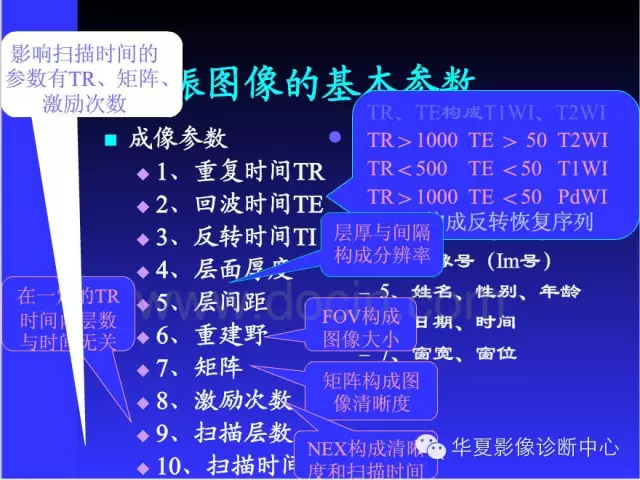
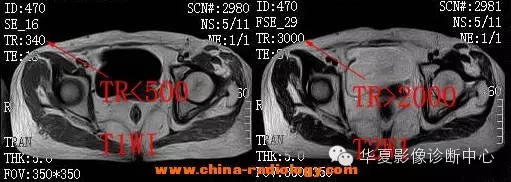
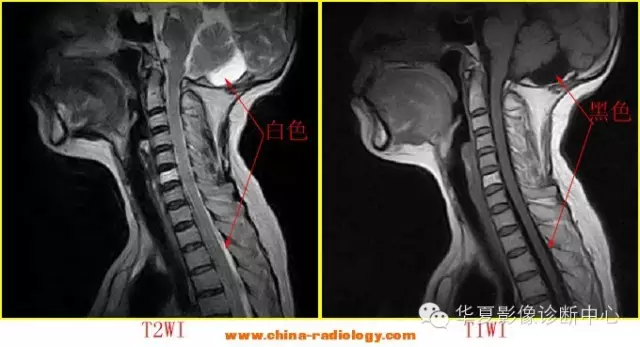

撒贝宁辟谣照相记忆,阅读、理解、记忆&amp;思考
成像记忆法,拍摄私人家庭影像,留下独家记忆
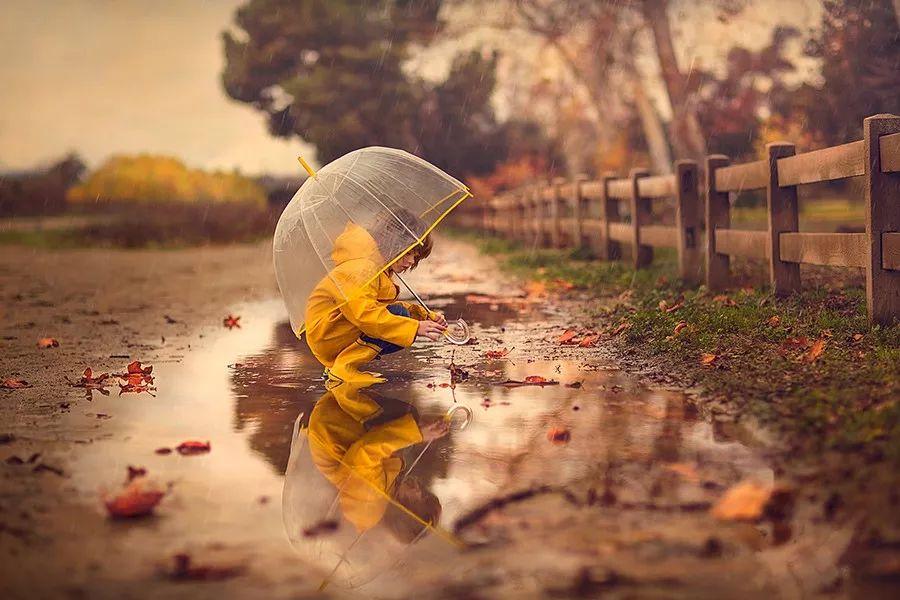
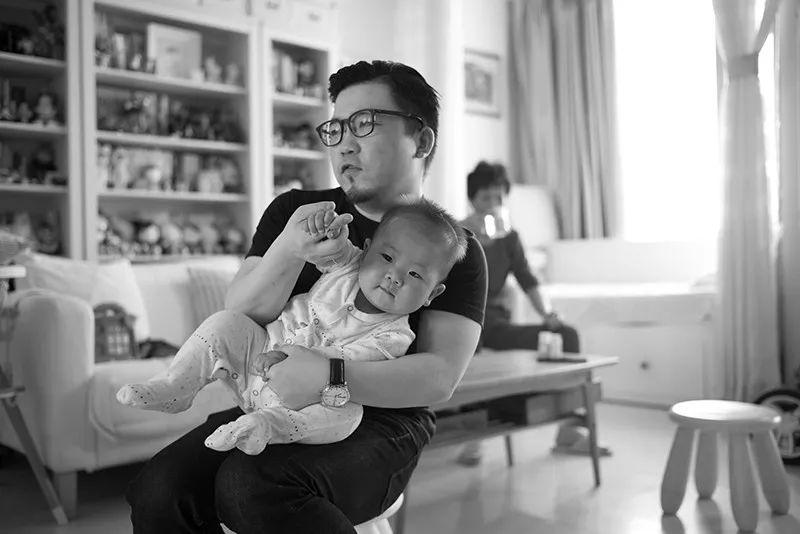

被记忆法课程骗了3980,记忆会蒙尘,但相册不会
精选推荐
- [记忆方法] 最有效的备考方法,法考如何备考,2021年高考备考:8种高效记忆方法
- [记忆方法] 考前快速大量记忆技巧,最有效的备考方法,考前冲刺:一消备考也要动脑筋,这样记忆方法大多数考生并不知道
- [记忆方法] 怎样快速记忆知识点且记得牢,考前快速大量记忆技巧,会计从业备考不放假,六大归纳记忆法带你飞!
- [记忆方法] 快速记忆方法的小窍门,怎样快速记忆知识点且记得牢,这些记忆方法让你学习、备考的效率大大提升!
- [精品记忆课] 记忆课程有没有效果,记忆力课程,“超强记忆”吸引家长买了课,没上几节校长就失联,41名家长能要回16万余元的培训费用吗?
- [精品记忆课] 最强大脑记忆训练法视频,记忆课程有没有效果,超强记忆系统课_第2节 底层逻辑篇 超强记忆系统课_第2节
- [古诗词记忆] 孩子记忆力差,背书困难怎么办,有什么快速背书的方法,有用的背书方法,快收藏码住吧~
- [记忆方法] 记忆的方法和技巧,记忆宫殿训练方法,技巧:熟记这些顺口溜,轻松记忆历史朝代知识
- [记忆方法] 历史朝代记忆口诀,记忆的方法和技巧,我国历史朝代顺序记忆口诀
- [古诗词记忆] 文科怎么背怎样才能记得住,文科背书怎么背得快又牢固,文科成绩难提高?你需要这12个方法



